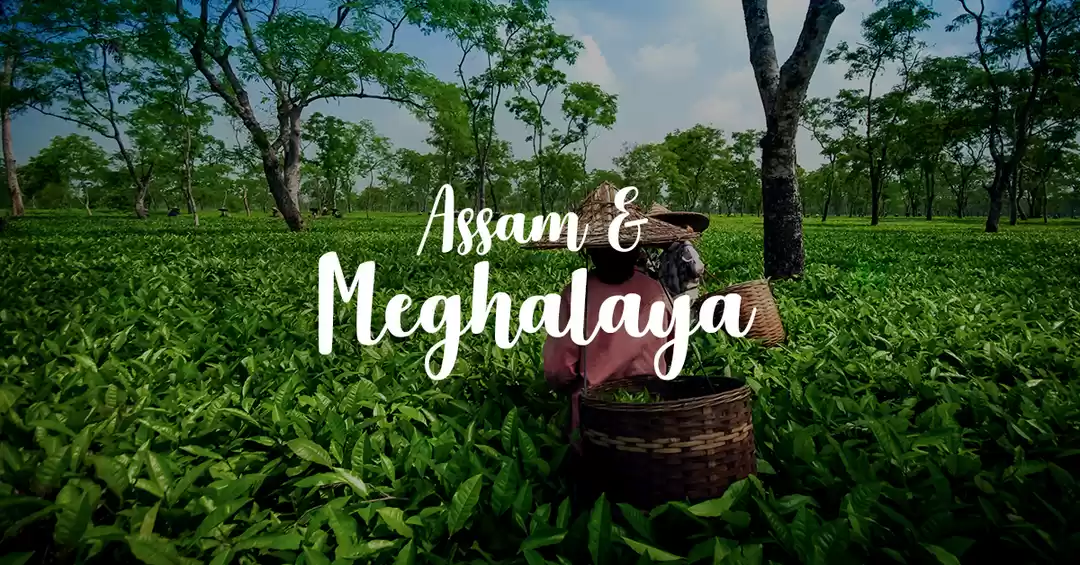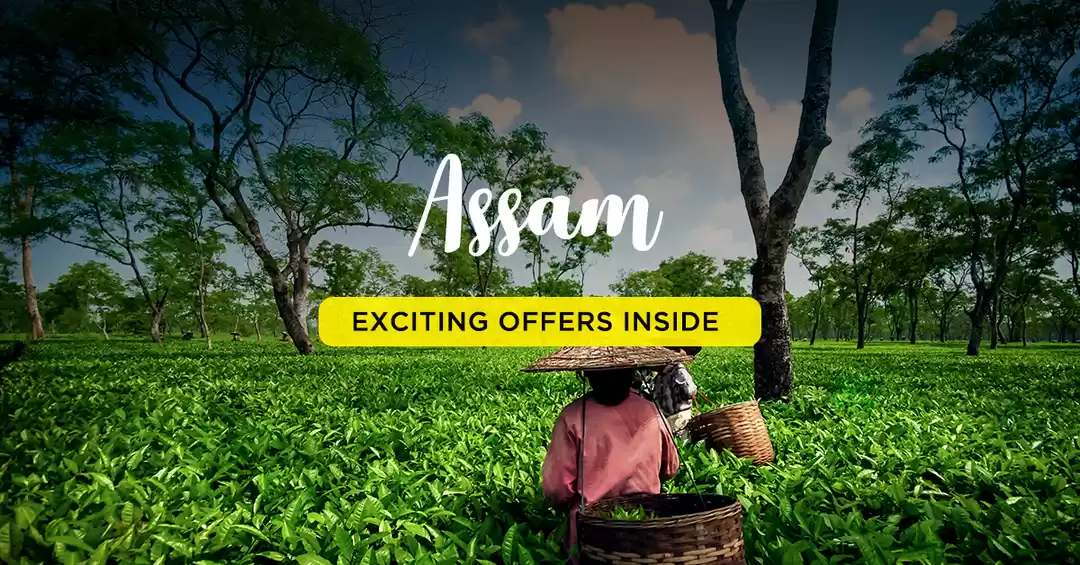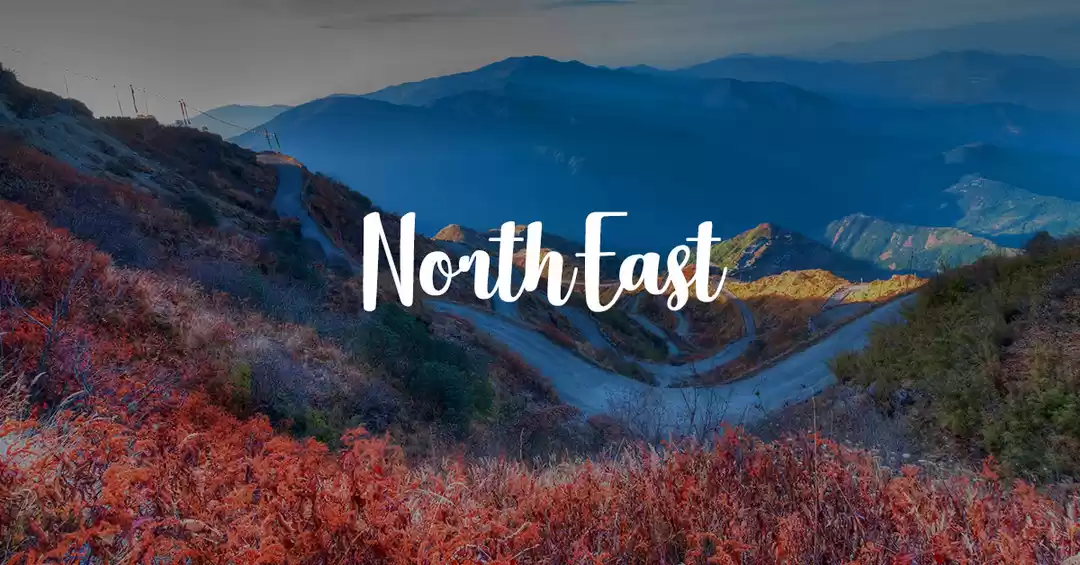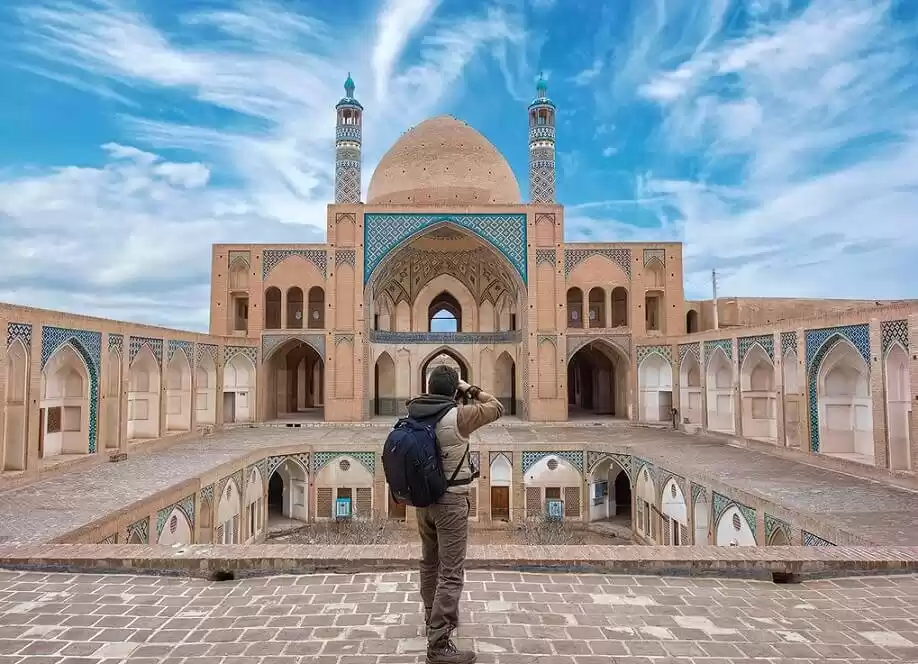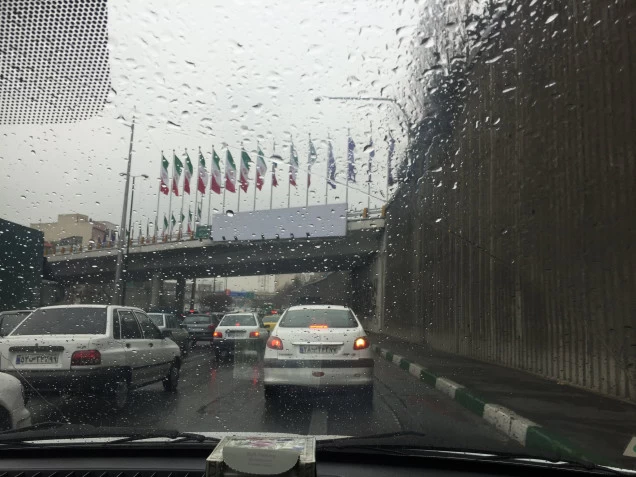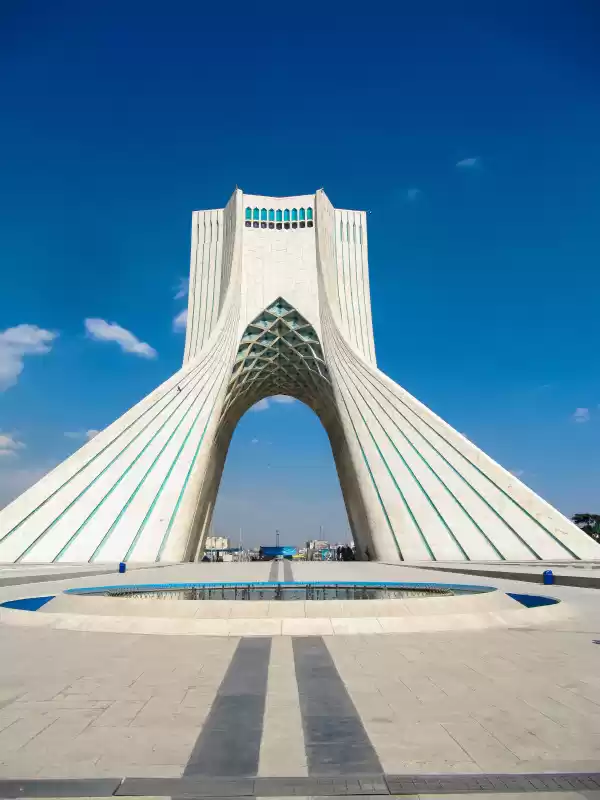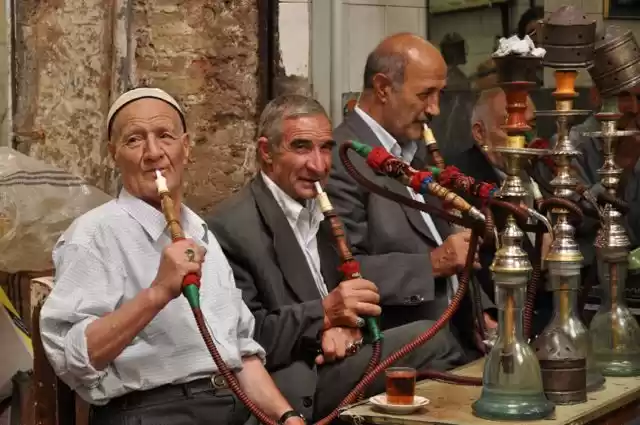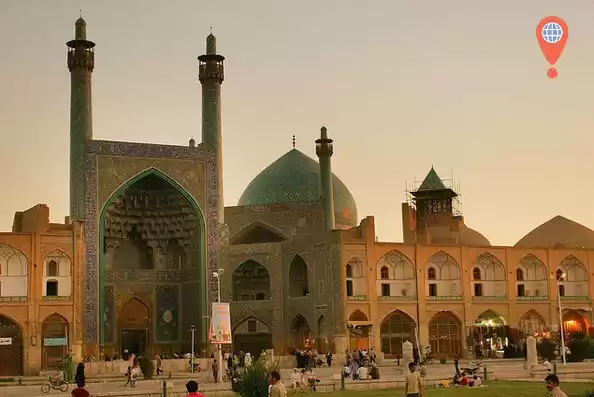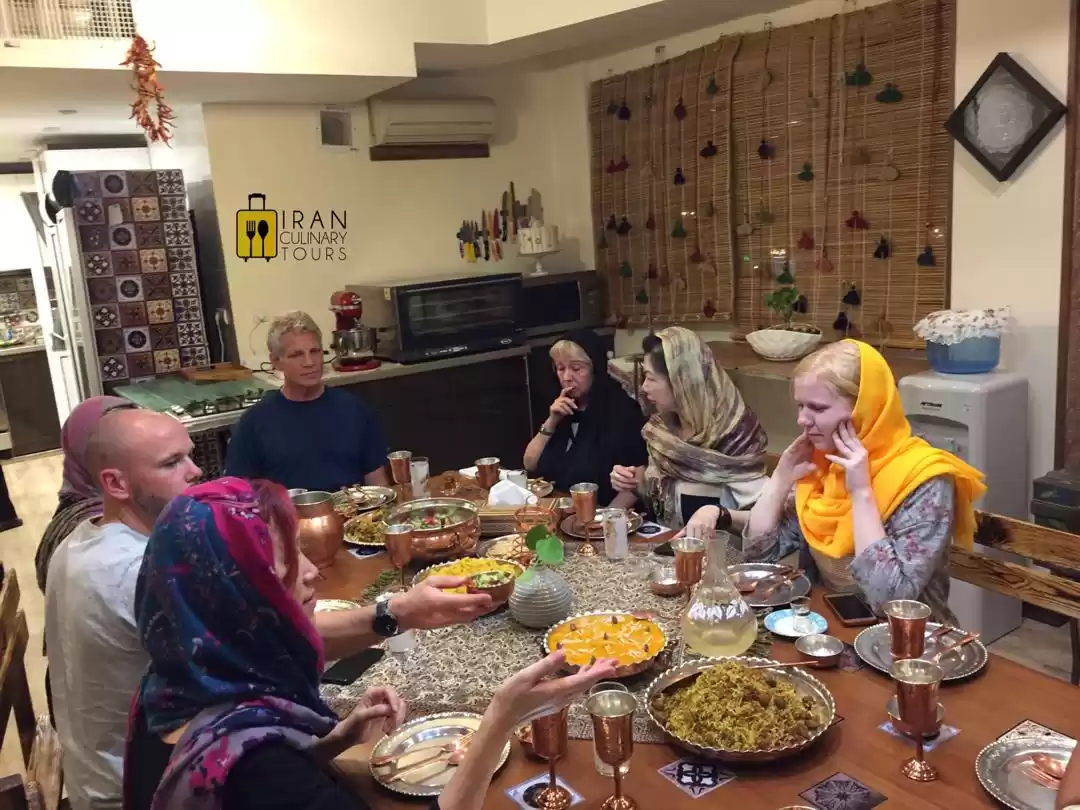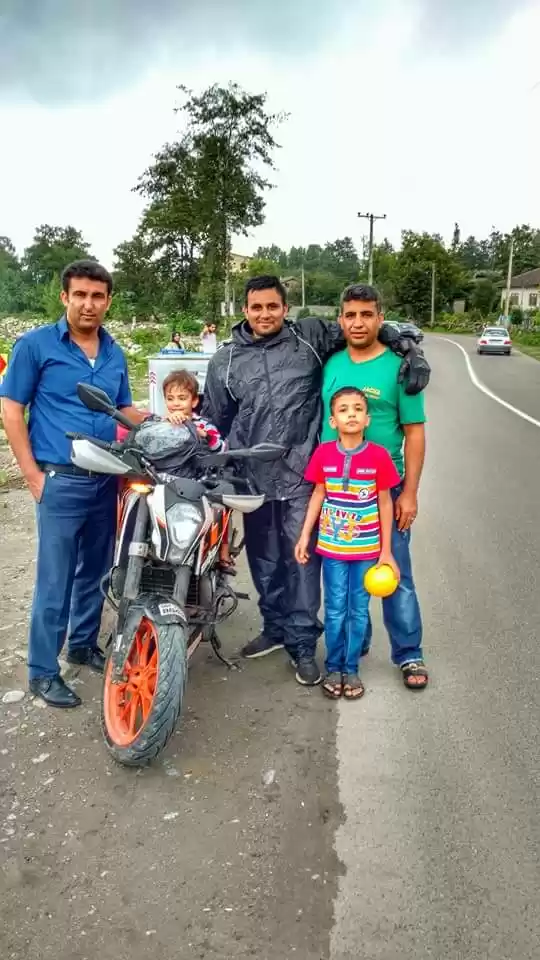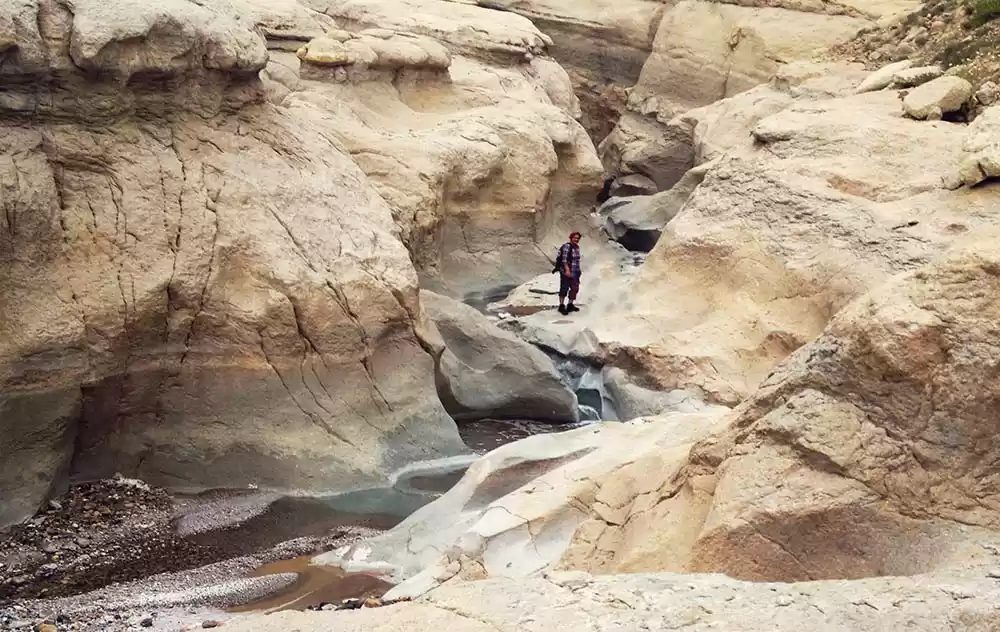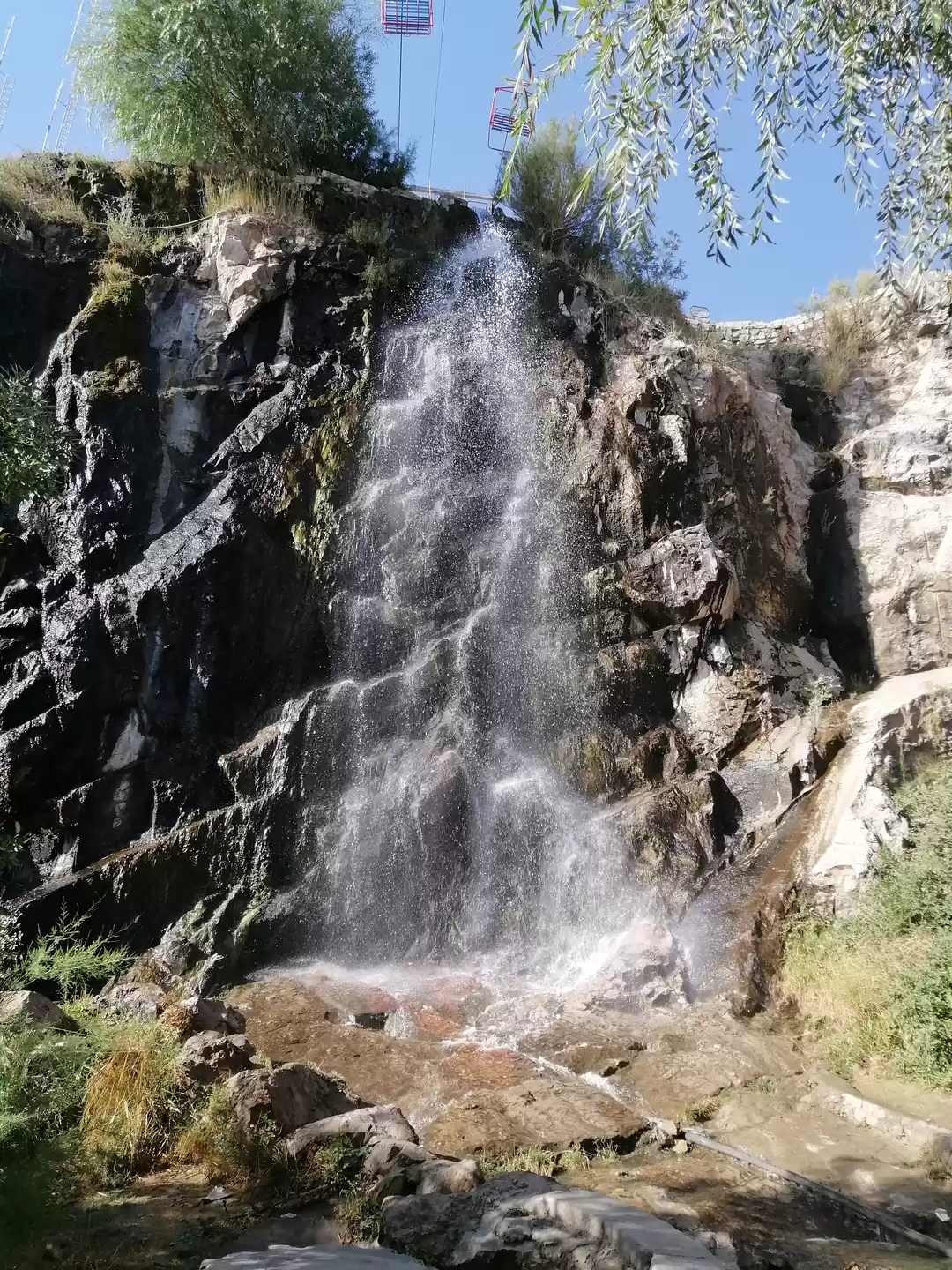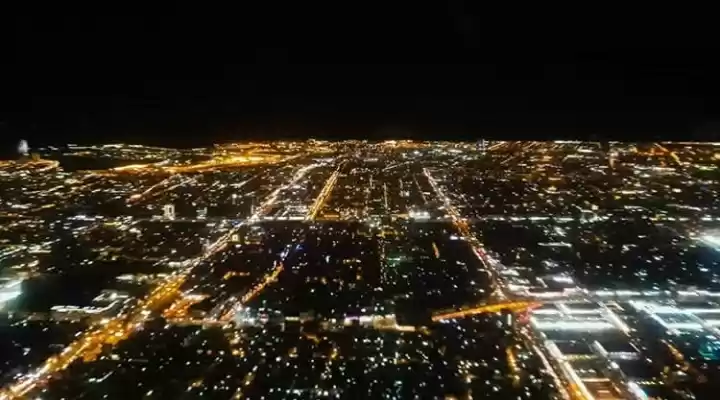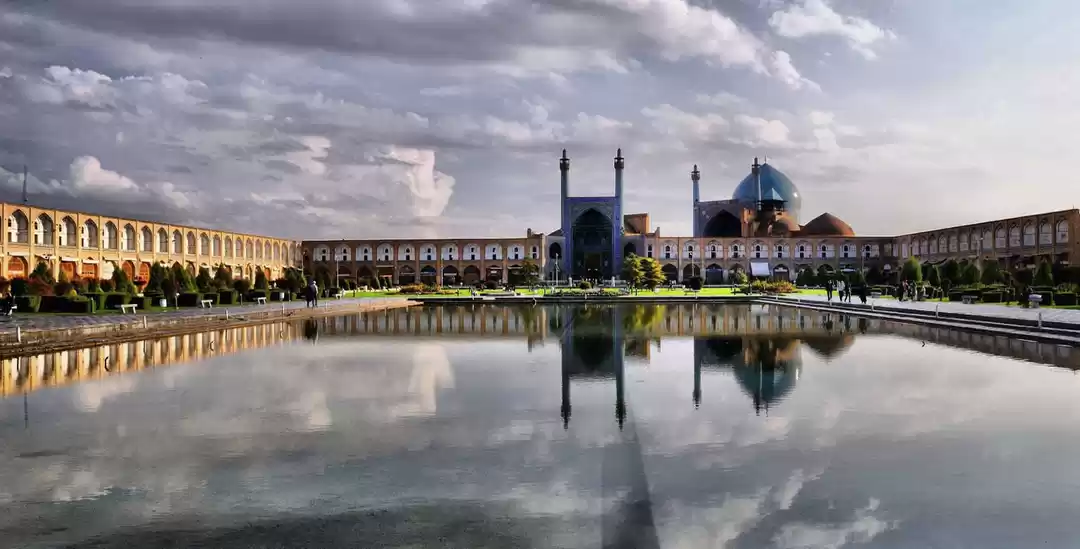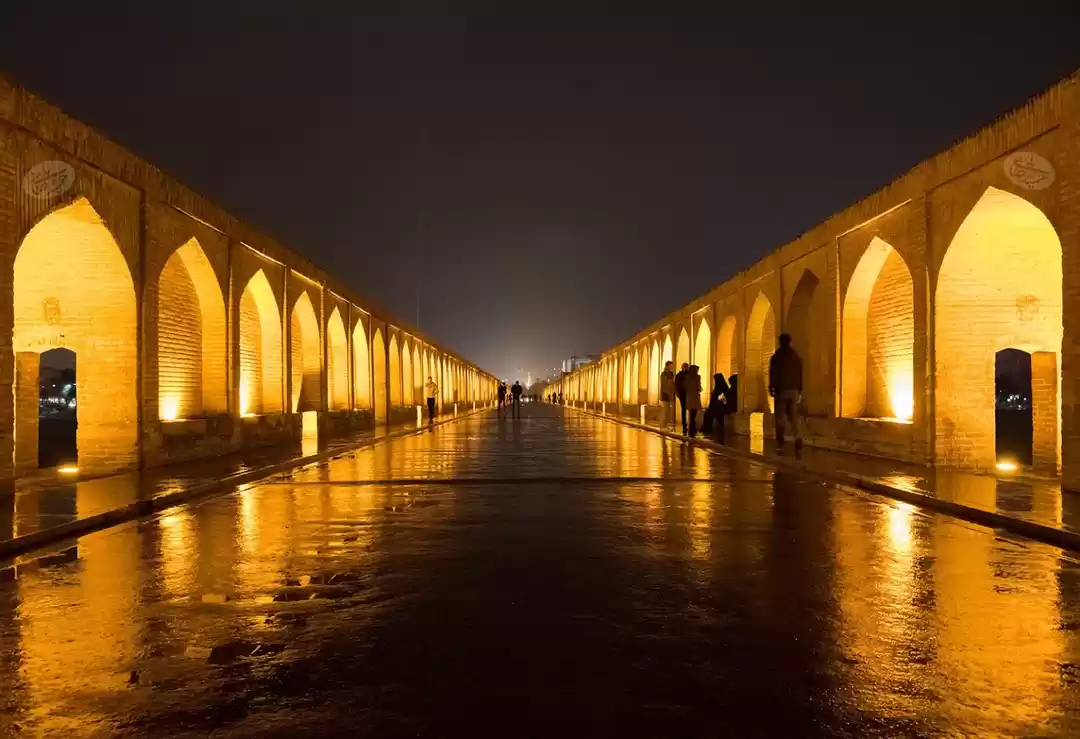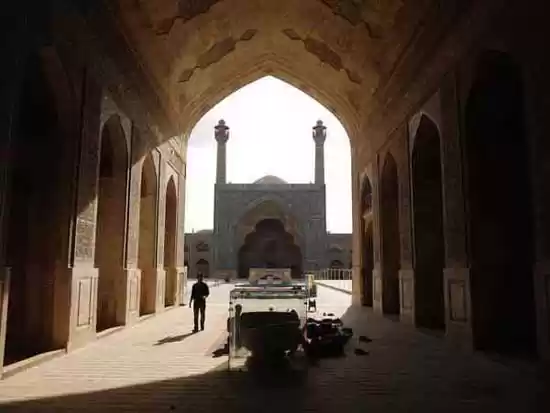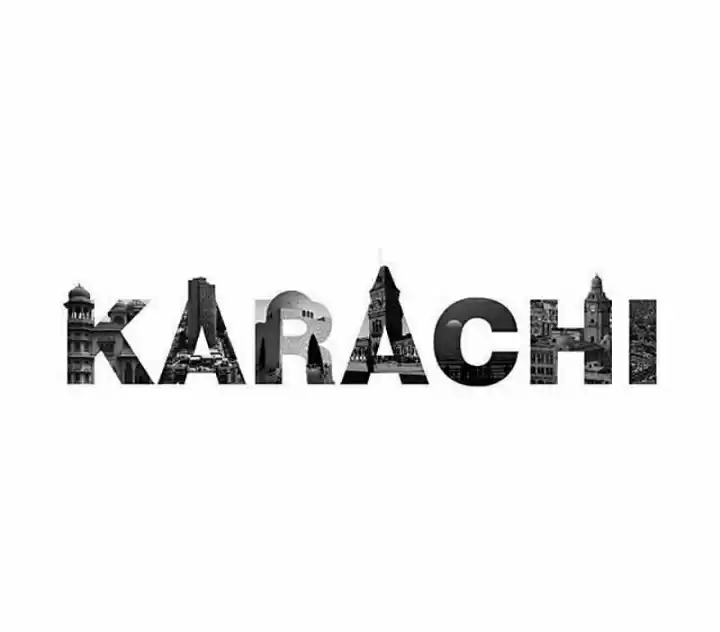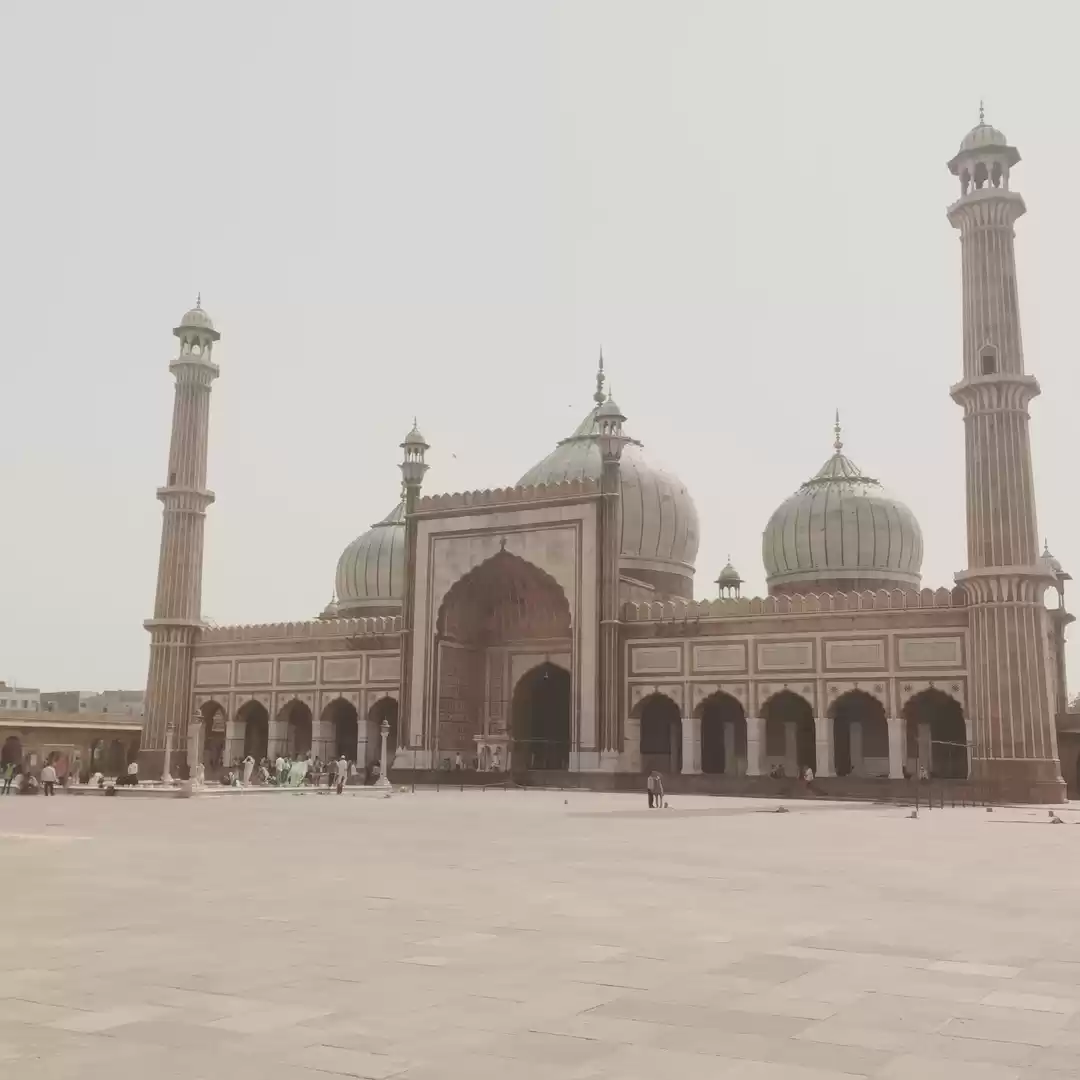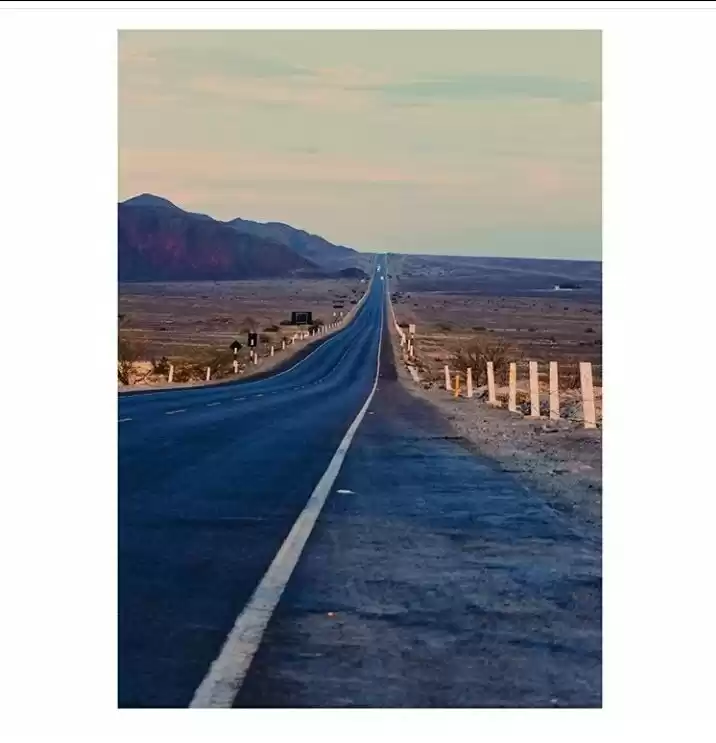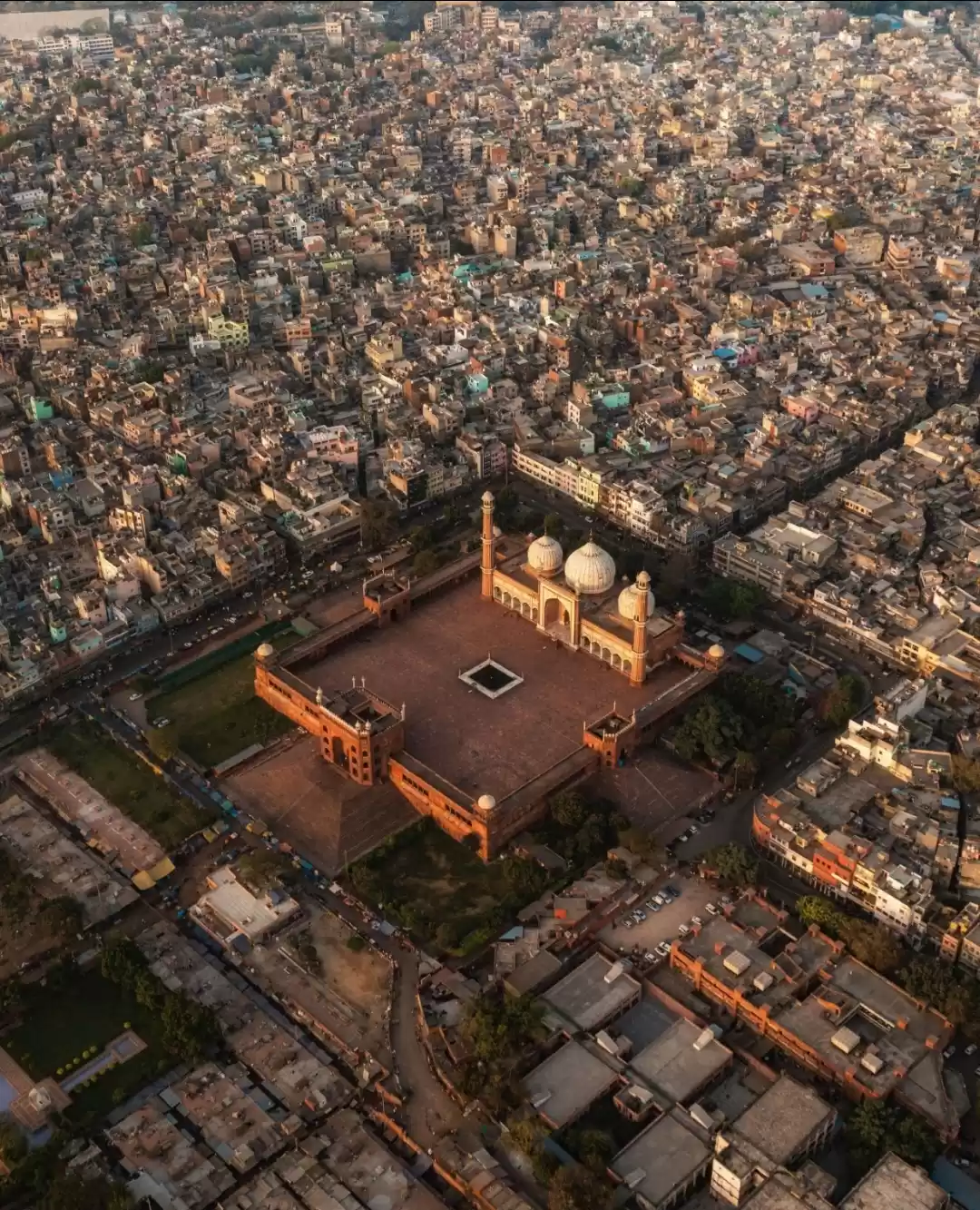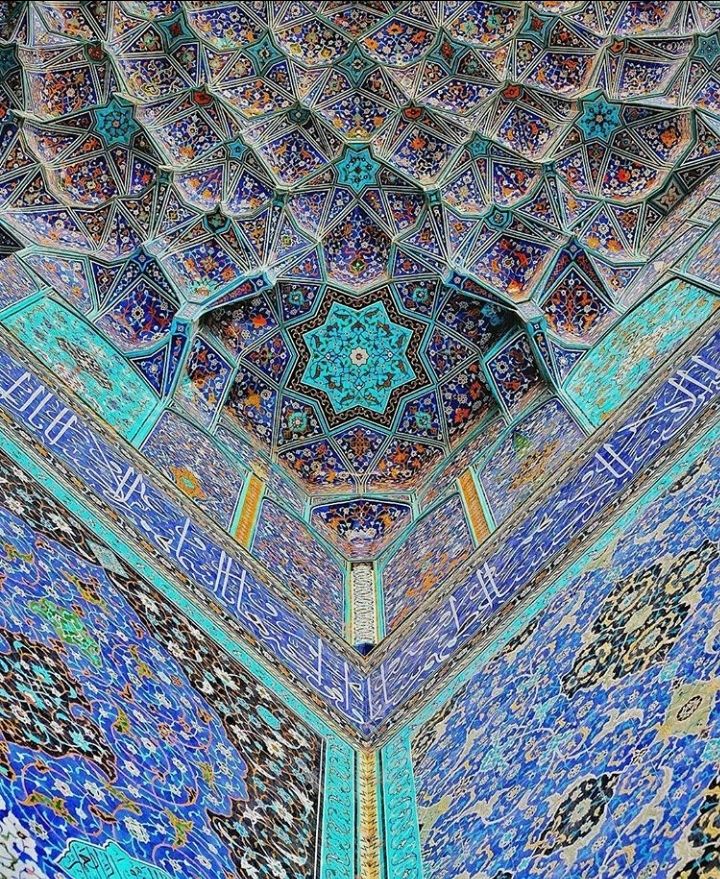
So. I don't exactly have a bucket list although I do have some places, some very specific places, that I would love to visit before I kick mine own bucket. The first is Istanbul, primarily for Hagia Sophia and then, it's Isfahan. And everything in Isfahan. The people of this place have poured all their love and devotion into the art that adorn this land and it's absolutely divine. Everything and I mean everything about Isfahan is gorgeous. People talk about losing themselves on the streets of Paris and Venice; if you would allow yourself to, you're going to lose yourself for the longest time in Isfahan, for good.
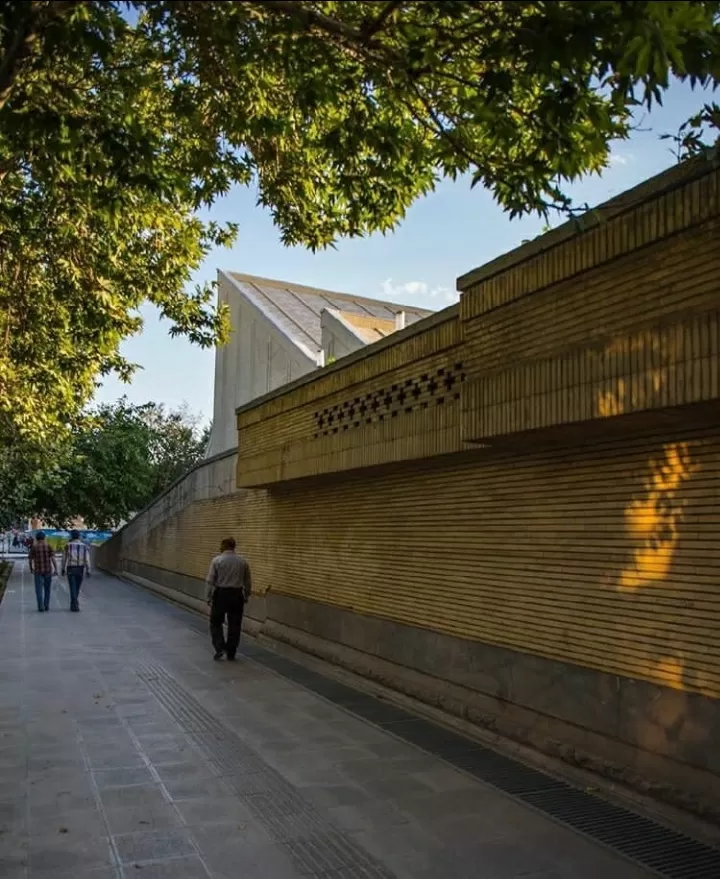
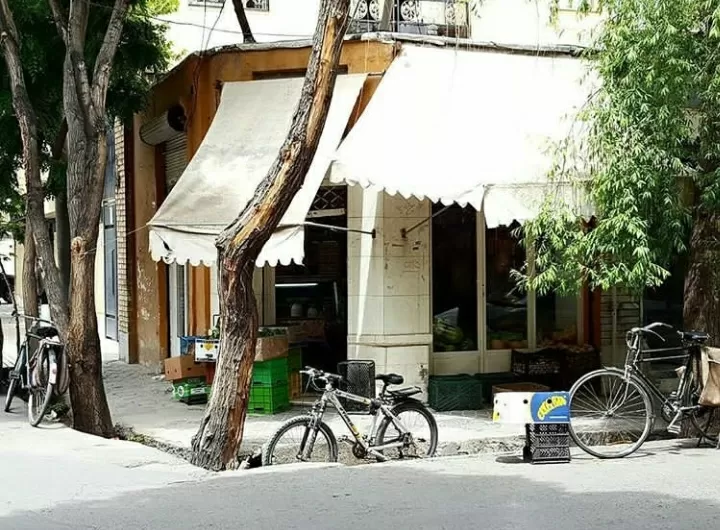
● Isfahan, also known as Ispahan, Sepahan, Esfahan, Hispahan, is the capital of Isfahan Province of Iran. Approximately 340 kms south of Tehran.
● Isfahan was one of the largest cities of the world, once. The city hosts stunning architecture that has rightly earned the city the Persian phrase, Esfehan nesf-e-jahan est. (Translates as half of the world)
● Isfahan is a city profused with tree-lined boulevards, monuments boasting an amalgamation of Persian-Islamic architecture, picturesque bridges and the most revered artisans.
The city has a character of the past infused with the times of today.
What you gotta know when you turn up:
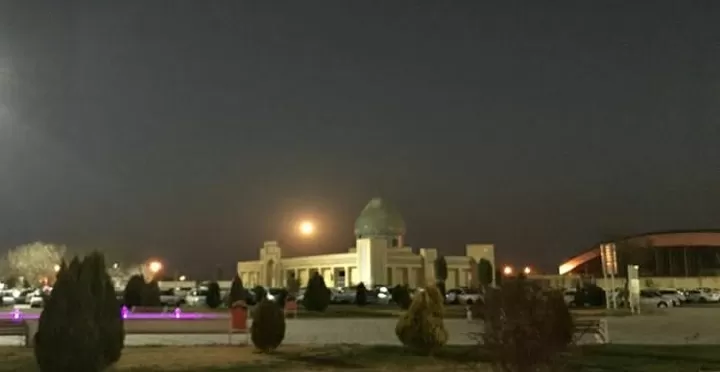
● When in Isfahan you land at the Isfahan Shahid Beheshti or the Isfahan International airport, from where you can hail a taxi. Share taxis are also available.
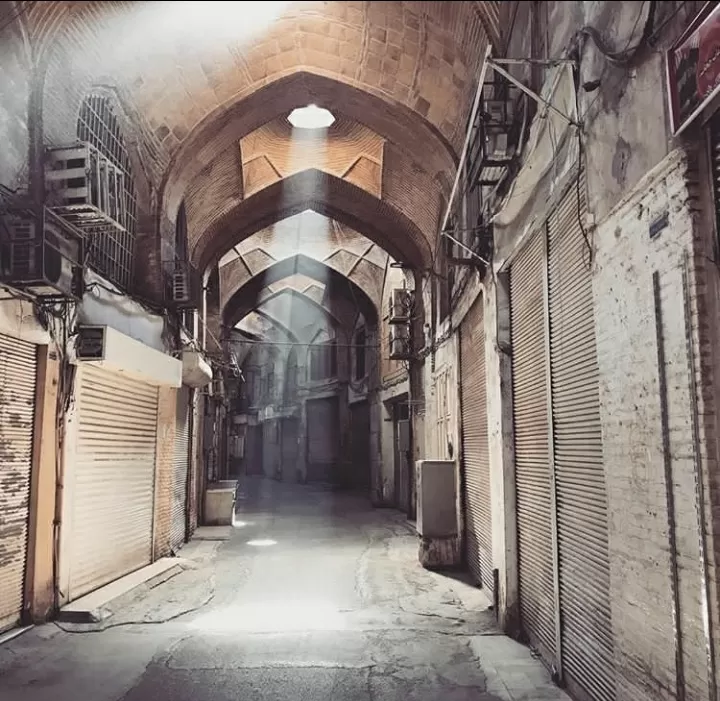
● Isfahan is widely connected by roads within and outside the city. The highways are well connected to Tehran, Shiraz and other cities and traveling by road is safe and economical for budgeted travelers. Kaveh, Sofeh, Zayanderud and Jey are the common bus terminals from which leave buses for almost every city (even Varzaneh, Na'in and Yazd). Royal Safar is one of the few luxury buses.
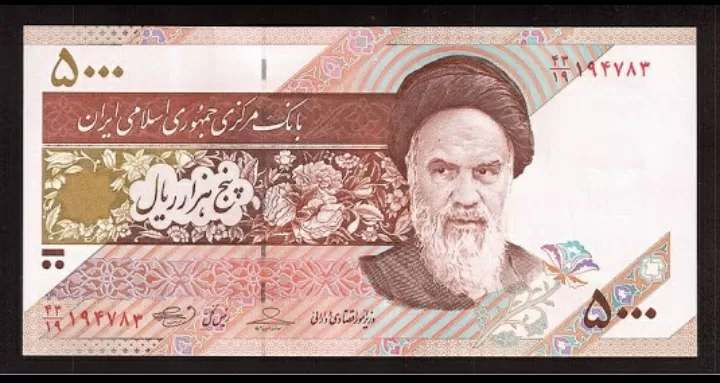
● It is said that, it's preferable to carry dollars and get them exchanged. But it isn't a matter if you do otherwise.
Had written about the architecture and the bridges and the gardens, so let's get right to them.
I would like to begin with the mosques as they saw the most love and reverence in terms of architecture.
MOSQUES-
● JAMEH MOSQUE:




About: The Masjid-e-Jameh Isfahan or the Jameh Mosque is the grand congregational mosque of the city. This is a UNESCO heritage site since 2012. It was built during the Umayyad dynasty and interestingly, one of the pillars is rumoured to have been built by the Caliph himself in Damascus. Before being turned to a mosque, it used to be a Zoroastrian fire temple. If you make a parallel in the architectural pattern, you'll notice the four iwans of the King Saud Mosque of Jeddah to have been taken from this magnificent masjid.
● SHAH MOSQUE
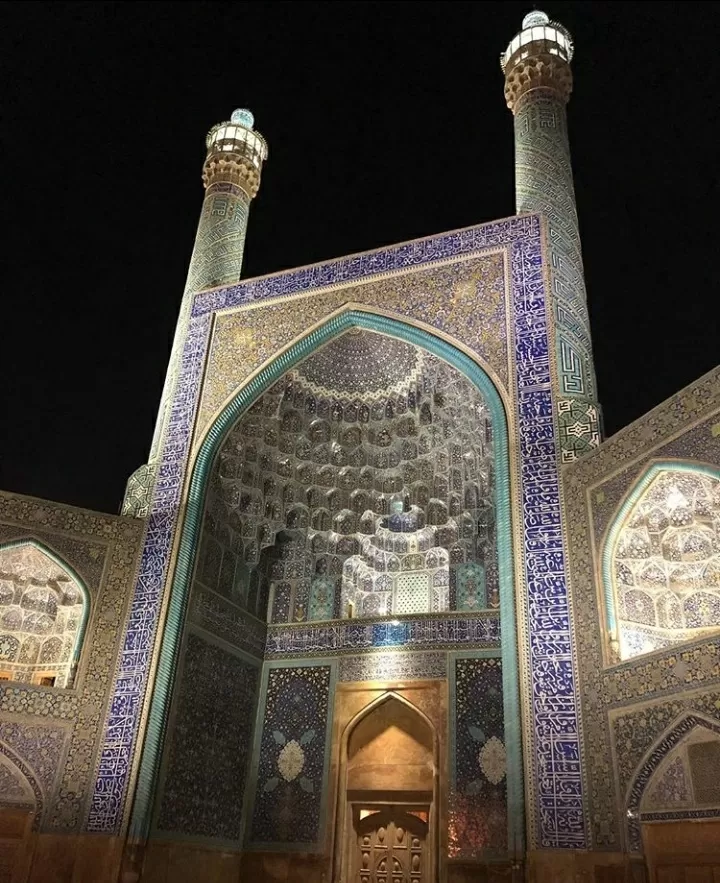
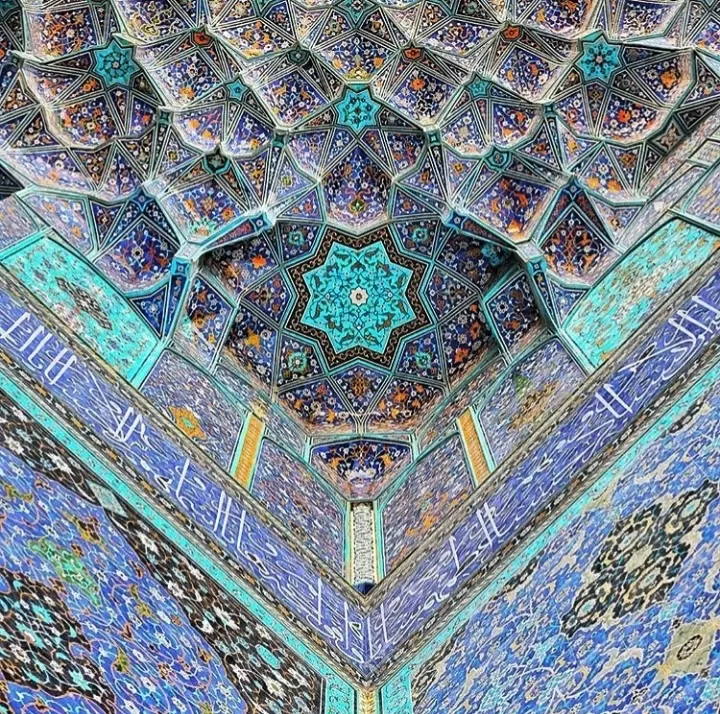
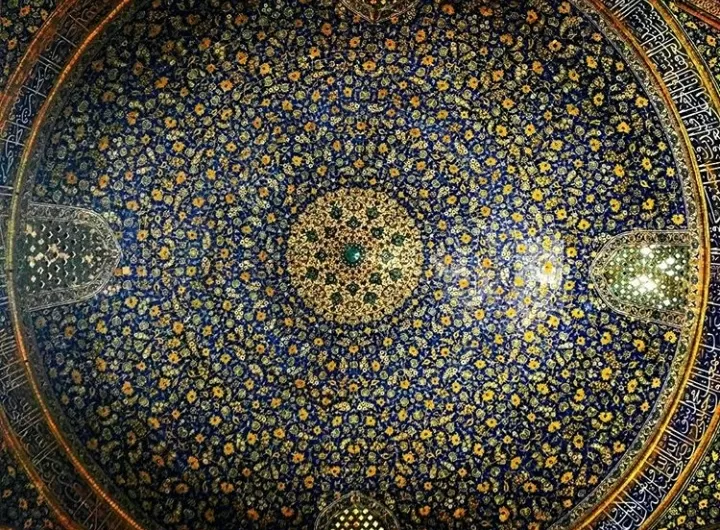
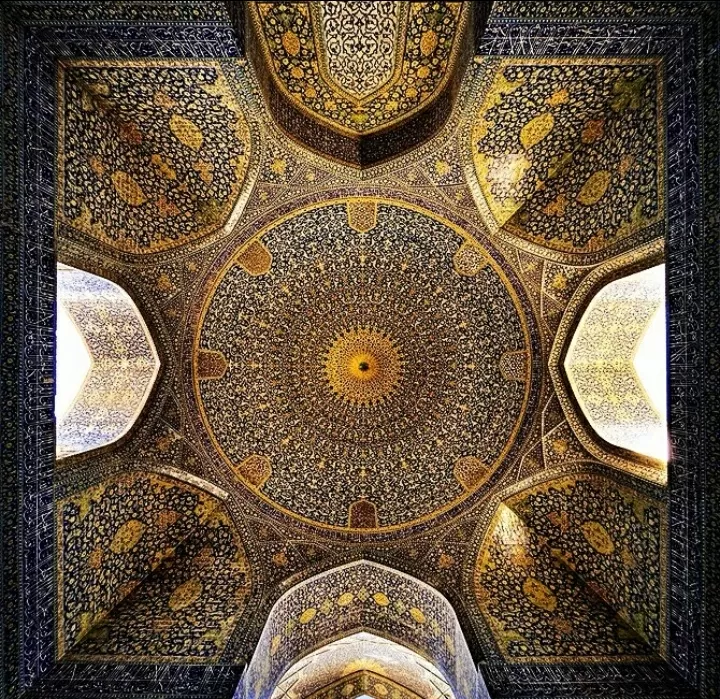
About: The Shah Mosque, also known as the Royal Mosque and the Imam Mosque (more commonly the Imam Mosque after the Iranian Revolution), is located south of the Nagsh-e-Jahan (about which I would write below). It was constructed in the typical Safavid style during the era. The Imam Mosque is the mosque on the reverse of the Iranian 20,000 rial.
● SHEIKH LOTFOLLAH MOSQUE
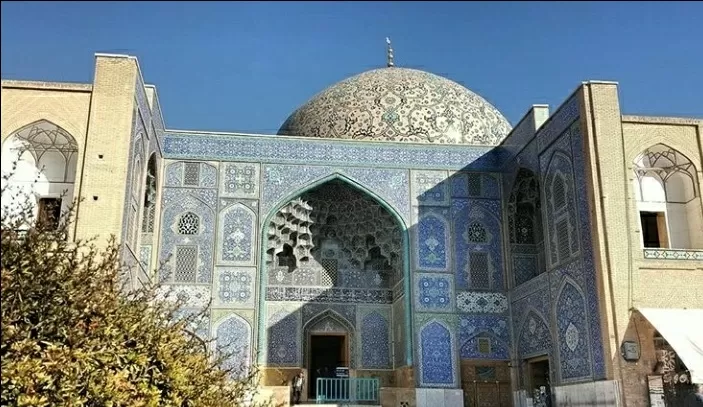
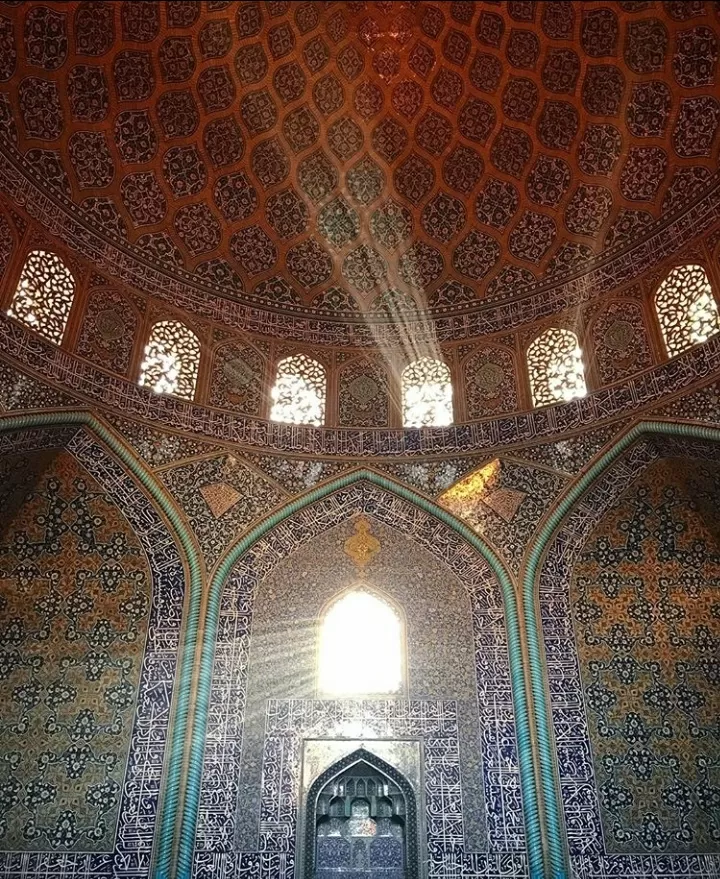
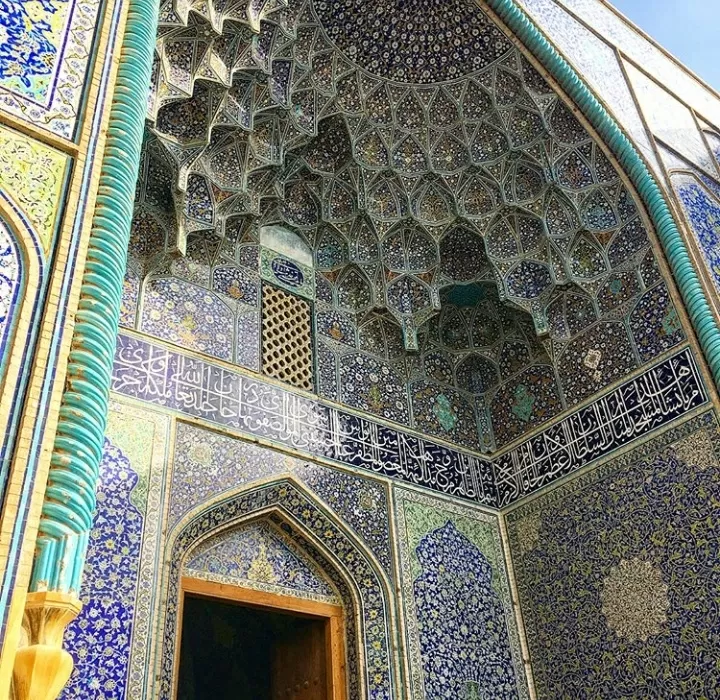
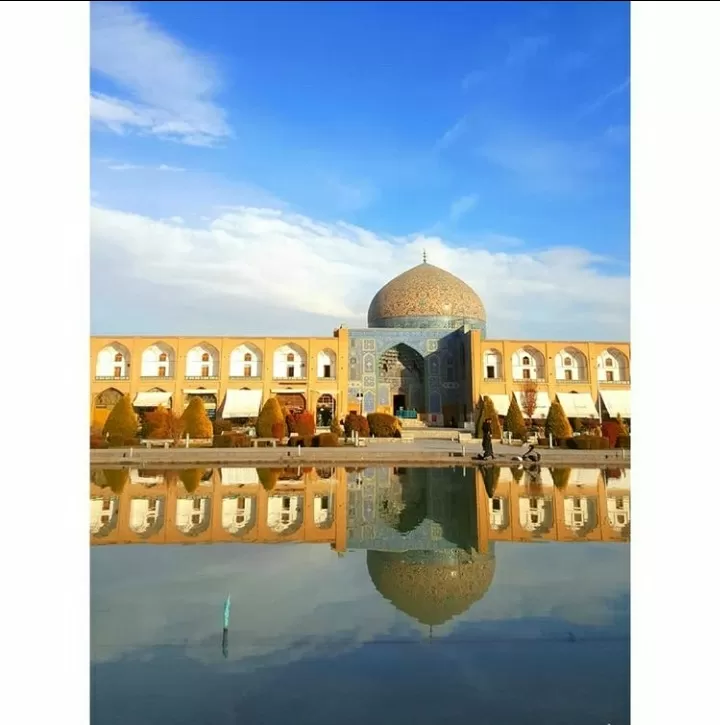
About: The Sheikh Lotfollah Mosque, like the Imam Mosque, was built during the Safavid dynasty by Shaykh-i-Bahai. It is located on the eastern side of the Nagsh-e-Jahan, in proximity to the Imam Mosque. The lower facade of this mosque and the gateway are constructed of marble while the haft-rangi tiles (seven colored, polychrome mosaic) decorate the upper part of the structure.
Robert Byron wrote, I know of no finer example of the Persian-Islamic genius than the interior of the dome. And that was a conclusion you can't deny.
● SEYYED MOSQUE
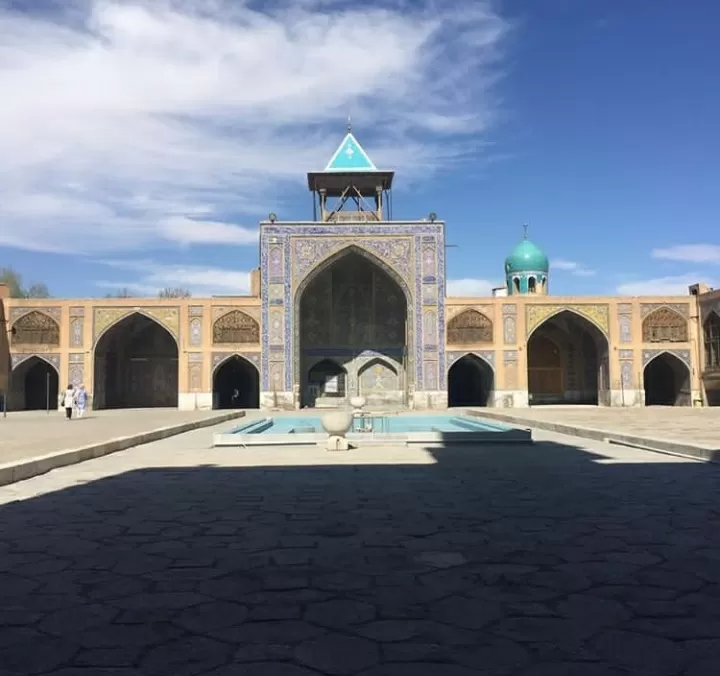
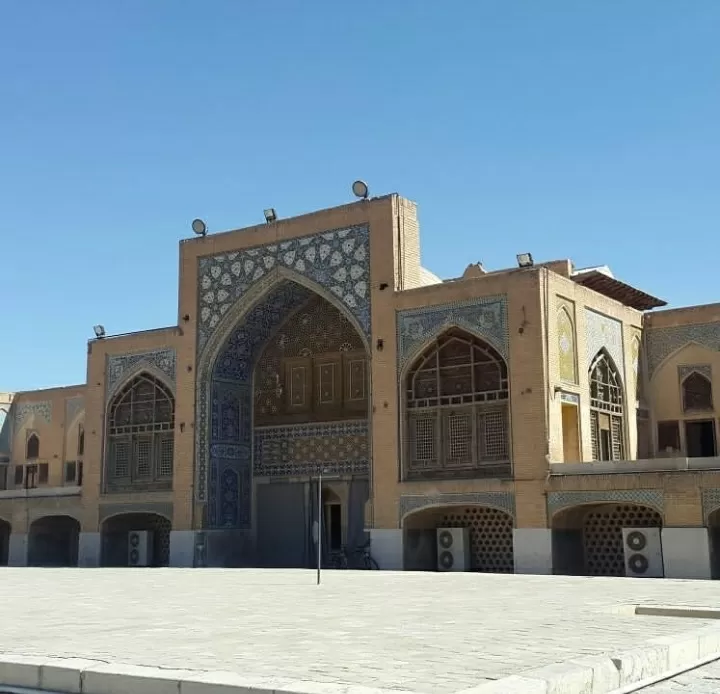
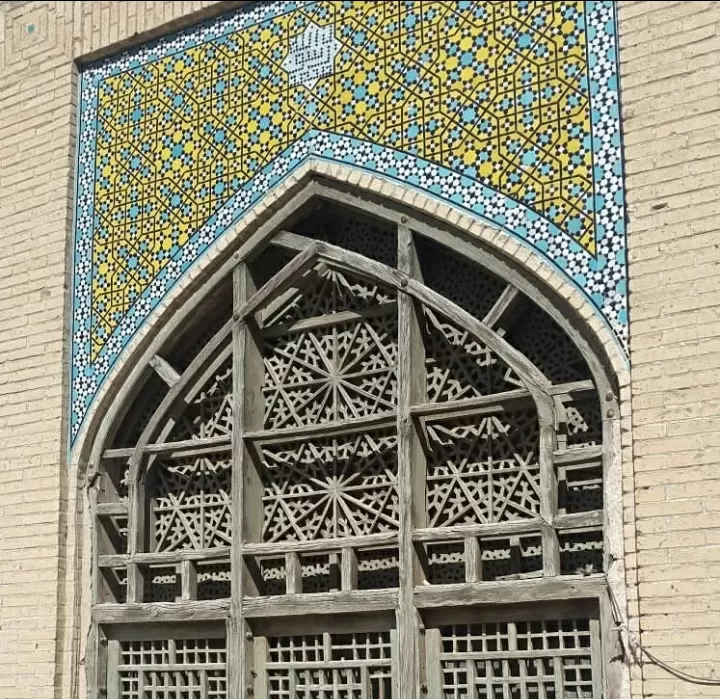
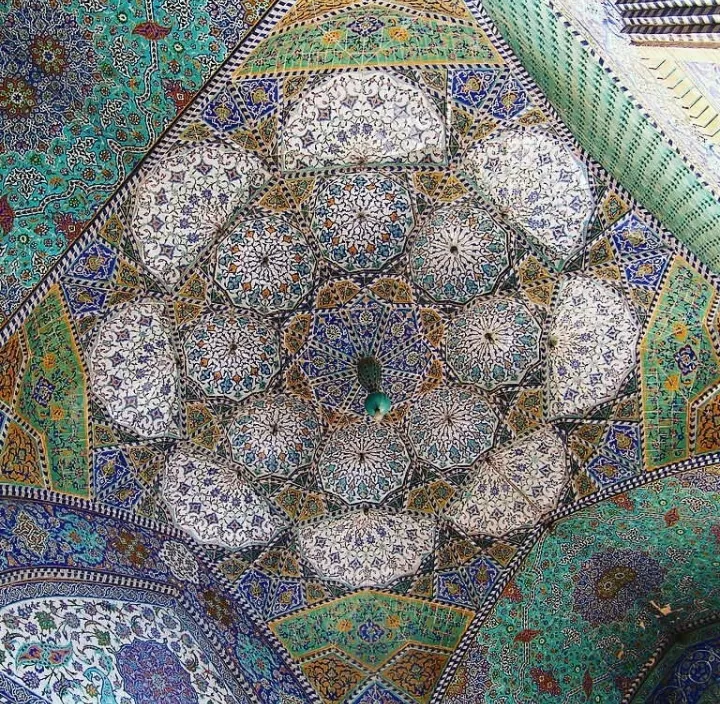
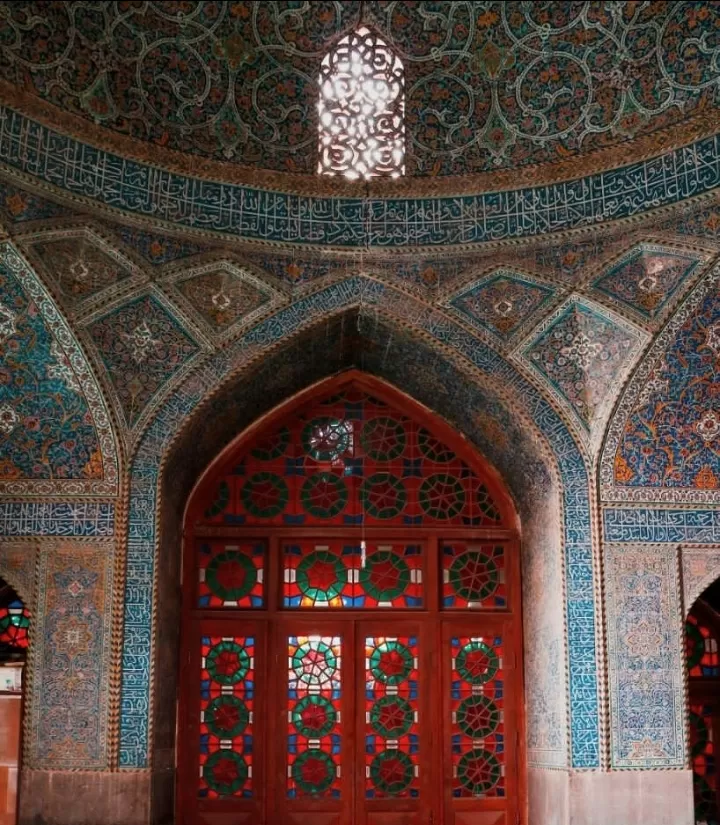
About: The Seyyed Mosque is the biggest and most famous mosque built during the Qajar era in Isfahan. This mosque is the best example of tiling art in the region. This form of architecture makes the mosque look different than most other mosques in Iran.
Coming to the churches, there are 4 churches and I shall be writing about 2 of them. You'll notice that their architecture is quite similar to that of the mosques from the outside but from the inside, it is completely different. A major difference is, the mosques are decorated on the outside extensively however, the interiors are absolutely different. It is the exact opposite in the churches which are rather plain on the outside and decorative on the inside.
● VANK CATHEDRAL
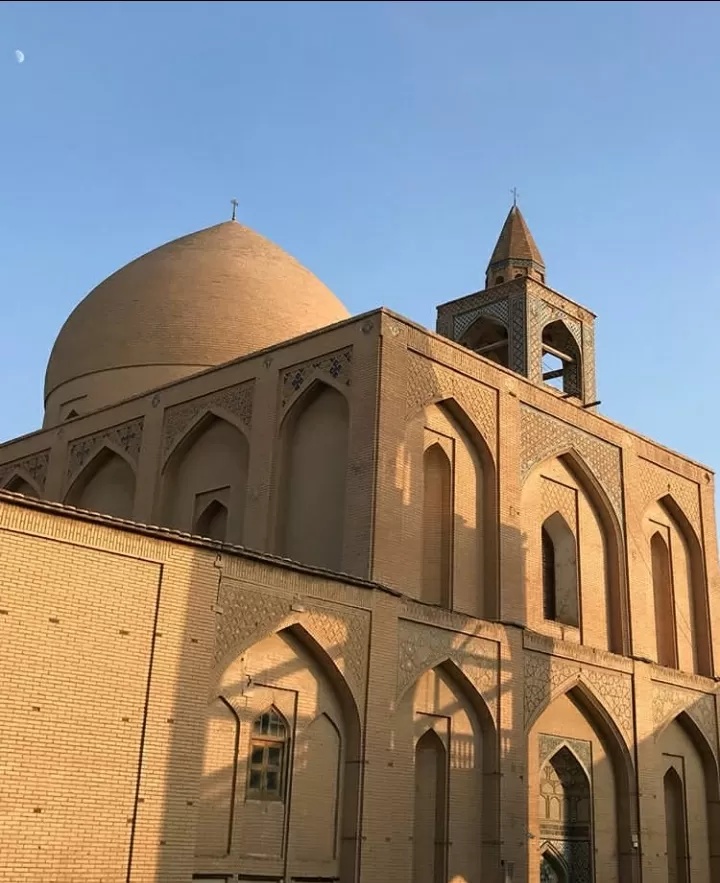
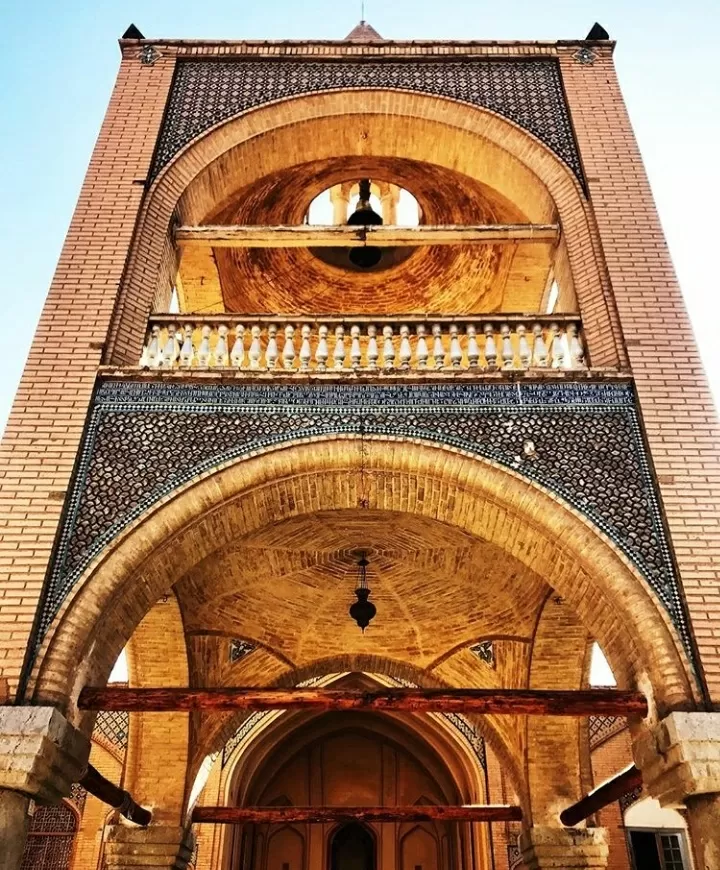
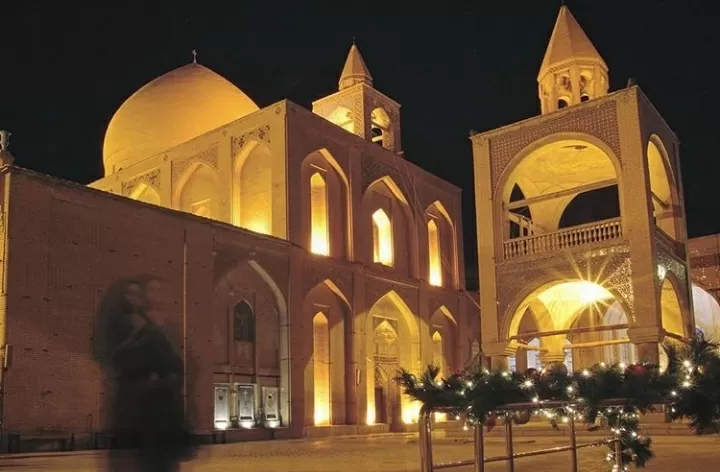
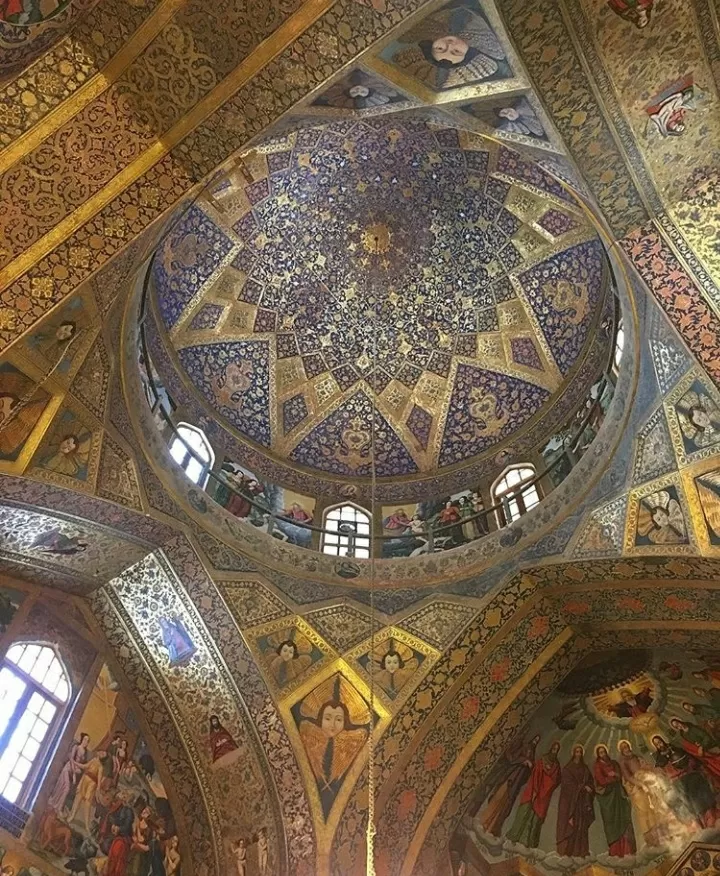
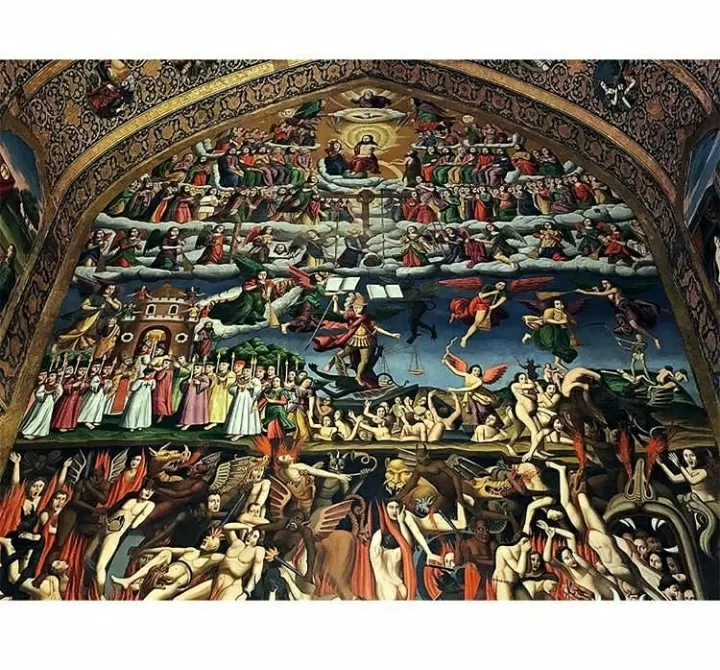
About: The Vank Cathedral, also known as the Holy Savior Cathedral and Church of Holy Sisters, was established in 1606. It was dedicated to the hundreds of thousands of Armenian refugees. The interior is covered with fine frescos and gilded carvings including a wainscot of rich tile work. The blue and gold painted painted dome depicts the biblical story of the creation of the world and man's expulsion from Eden. The bottom section depicts tortures inflicted upon the Armenian martyrs by the Ottoman empire. This is an absolute must for everyone who visits Isfahan.
● BEDKHEM CHURCH
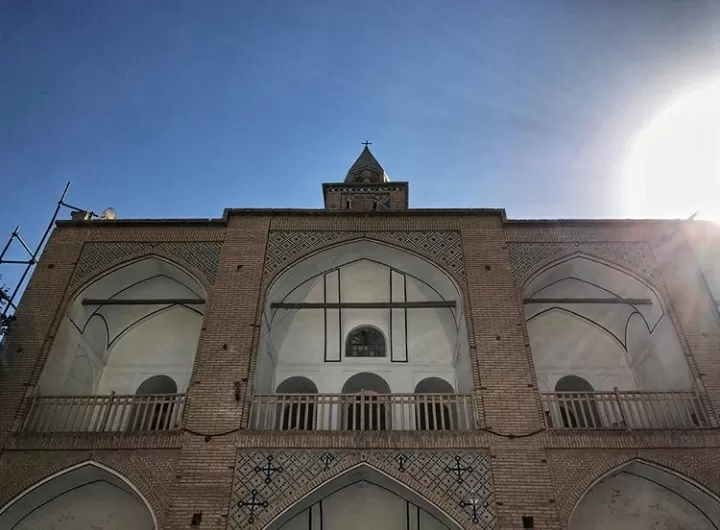
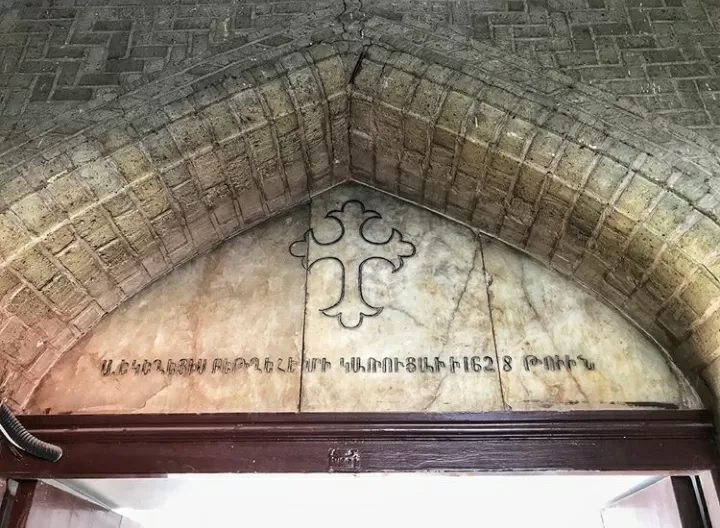
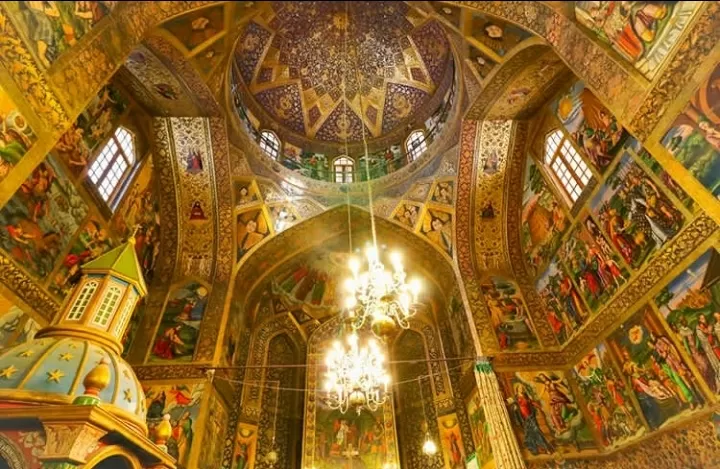
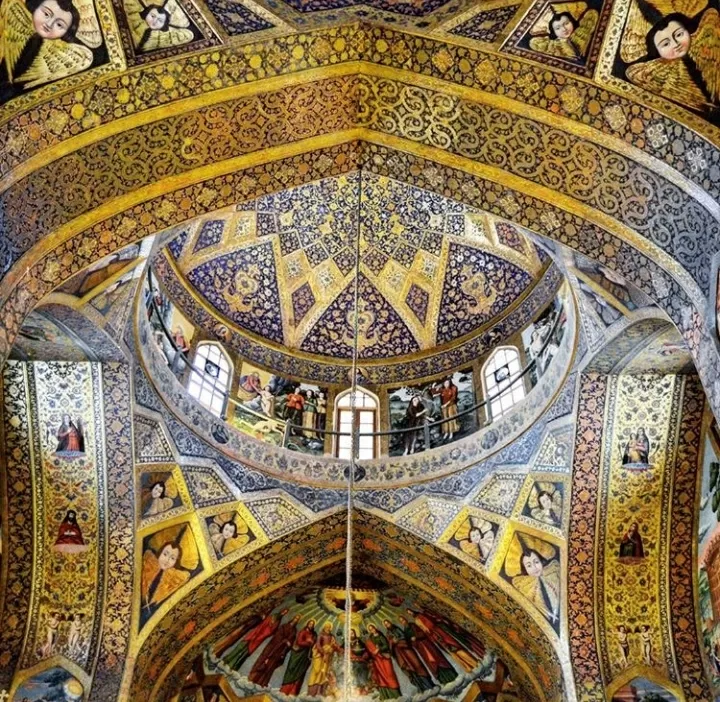
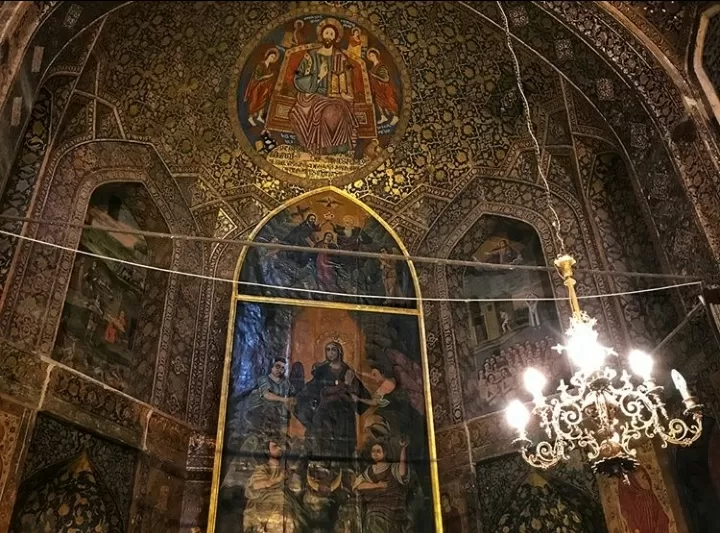
About: The Bedkhem Church, also known as Bedghehem Church, Beyt Lahun Church as well as Bethlehem Church, is an Armenian Apostolic Church which is located in the Julfa quarter of Isfahan. Inside the church, you'll notice inscriptions in Armenian which are praises and prayers, that date back to the 1600s. The architectural plan is rectangular with 2 courtyards. The colors are so lush and the structure has been constructed with such expertise that it is a tough task to not revisit.
Apart from the mosques and the churches, Iran is also known for Zoroastrianism. Hence, here goes a fire temple.
● ISFAHAN FIRE TEMPLE
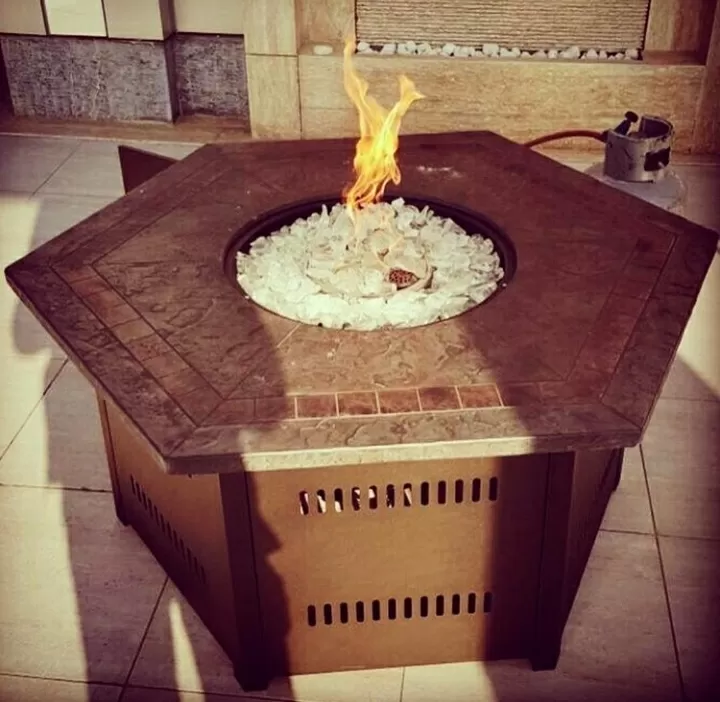
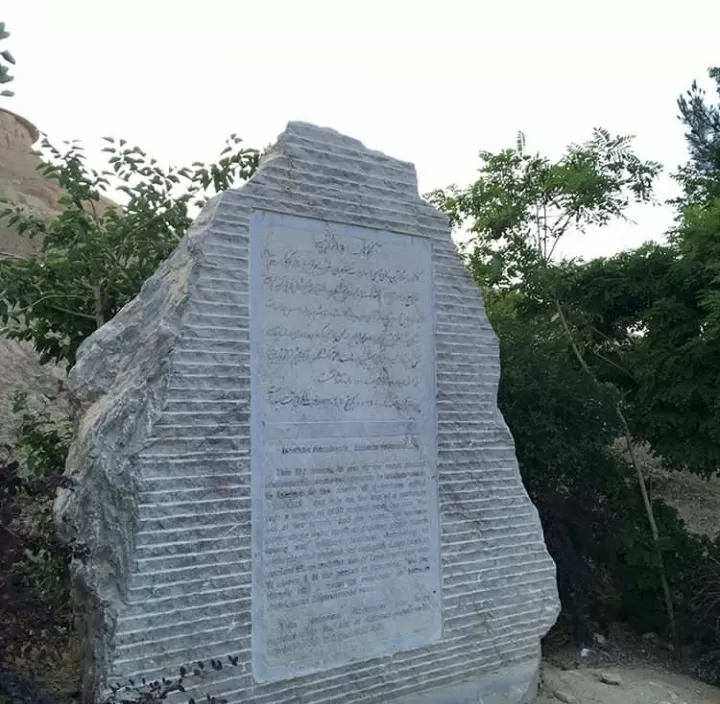
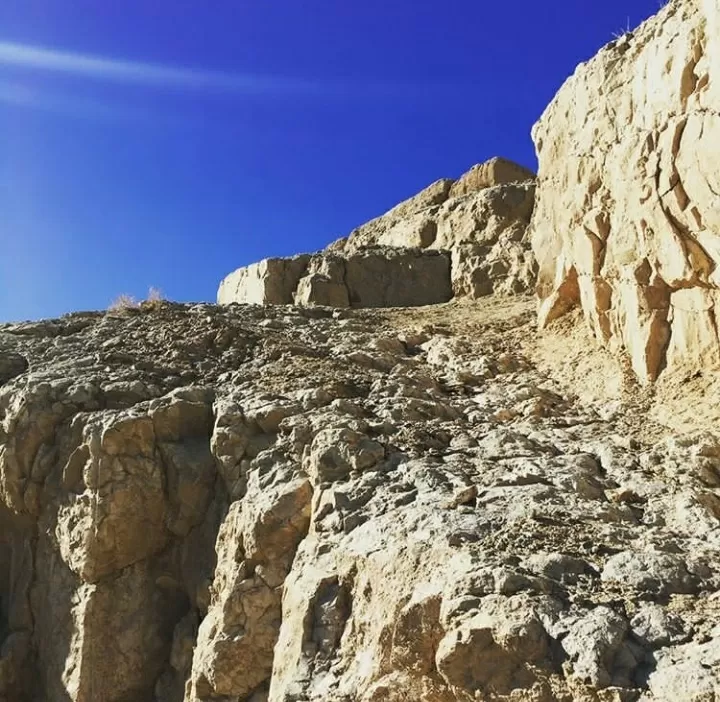
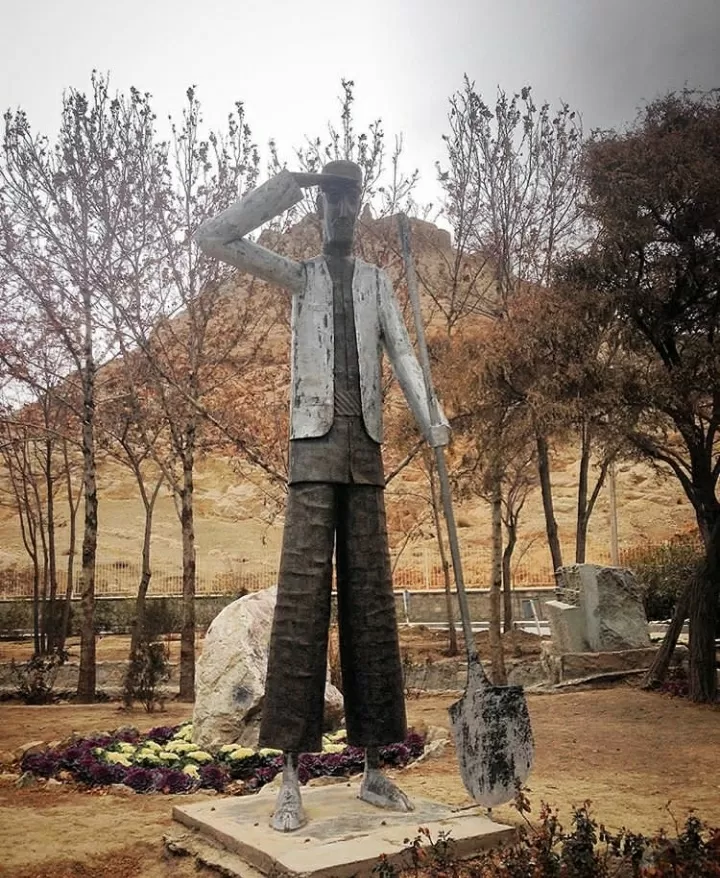
About: The Isfahan Fire Temple or the Zoroastrian Fire Temple, also known as the Atashgah-e-Isfahan, was constructed in the Sassanid era. It lies eight kms west from the center of Isfahan. On the southern flank of the hill, are the remains of a citadel which could have been the size of about twenty buildings (so that's big space!). Another feature of the complex are the remains of a tower-like circular building on the very top of the same hill. This structure, which was once at least twenty meters high, known by the local populace as the Burj-i Gurban, or Burj-i Kurban, served as a watch tower. This is one of the prominent features of the temple. This is a very important remains of an otherwise dying religion. If you're in Isfahan, you must come here.
Let's understand one thing: Isfahan has way too much to offer to a traveler. Hence, unless you're here with over a week at hand, its a rather dicey task to visit each and every place of importance here. Which is why, I'll jot down 5 places that I suggest you go. Why? Because you simply cannot miss them (also because I would but I'll not add that part, haha)
5 PLACES YOU SHOULD NOT MISS WHEN IN ISFAHAN
● Naqsh-e-Jahan Square
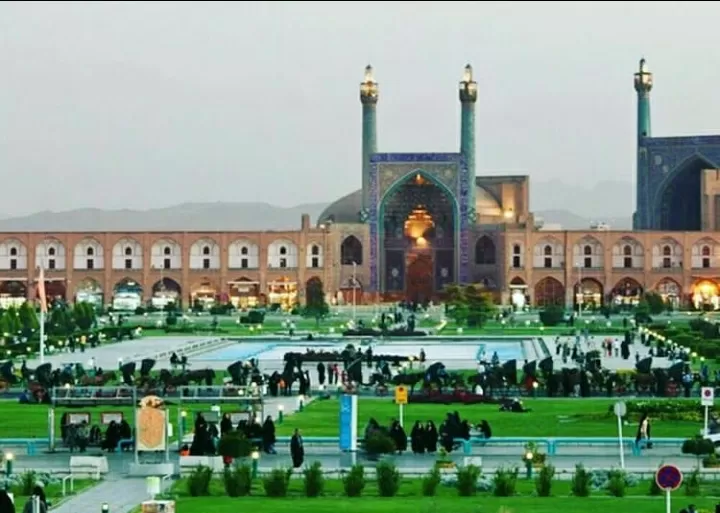
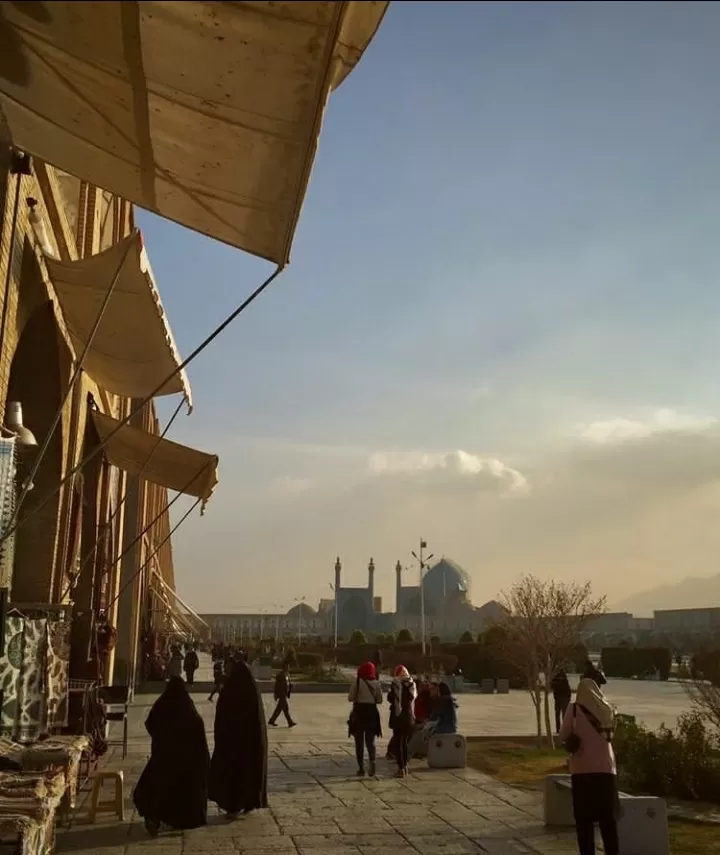
Why? It if absolutely pivotal to witness this beauty. It is the courtyard to half of the monuments you'd be intending to see and it's also a UNESCO heritage site.
● Ali Qapu Palace
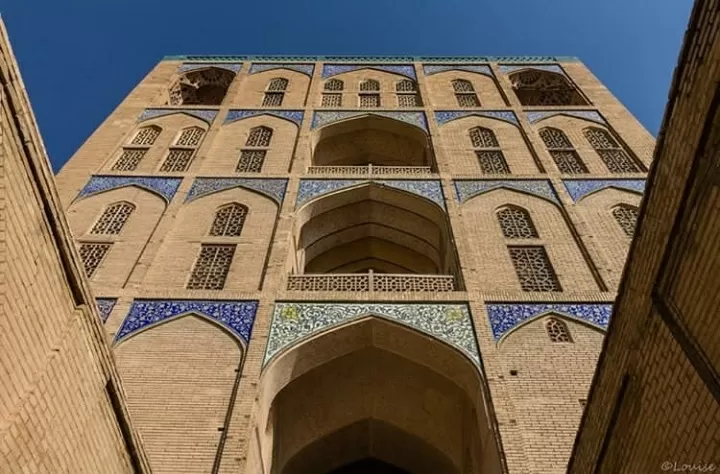
Why? Because Shah Abbas. The 5th Safavid Shah who is the patron of some absolutely stunning architecture of Isfahan. Also this is a great way to see the social anarchy that existed back in the day.
● Khaju bridge
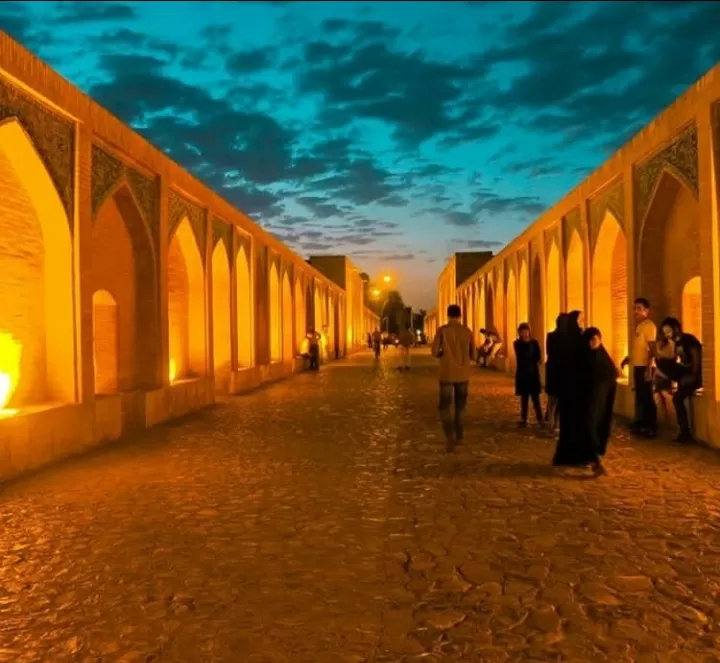
Why? Khaju bridge had served as a bridge as well as a damn, back in the day. Although it also served as a pavilion and a tea house for Shah Abbas who had decorated it with tiles and paintings. It was fit for a king, who are we commoners to say otherwise.
● Hasht Behesht
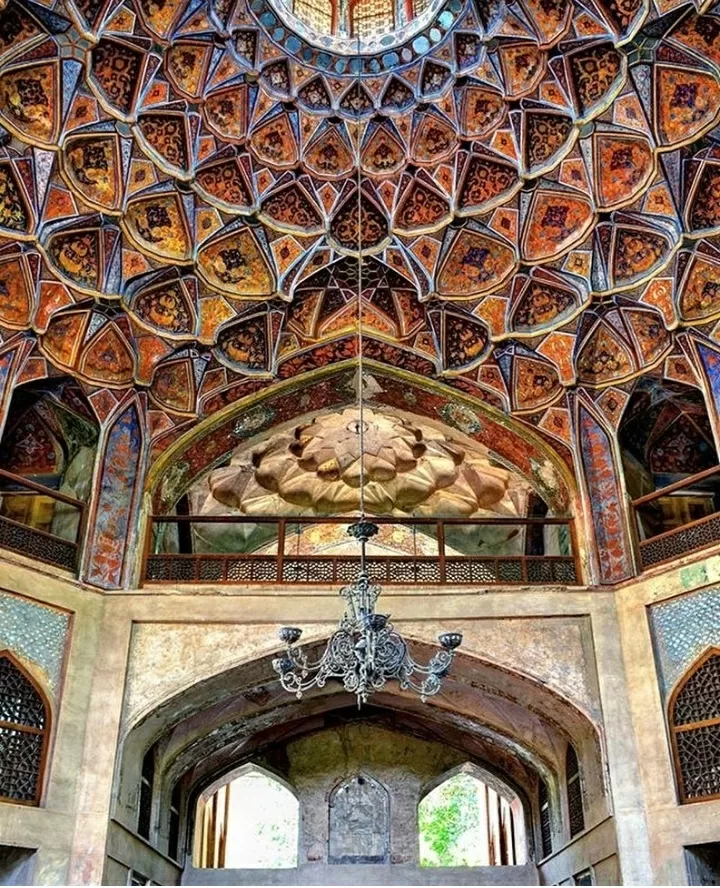
Why? Hasht Behesht that translates as "eight paradises" is a Safavid palace. It is protected by Iran's Cultural Heritage Organization. And rightly so. Of all the mansions that existed during the Safavid era, which were over forty mansions, the Hasht Behesht is the only one that exists. Needless to say why you gotta come to this one.
● Isfahan Music Museum
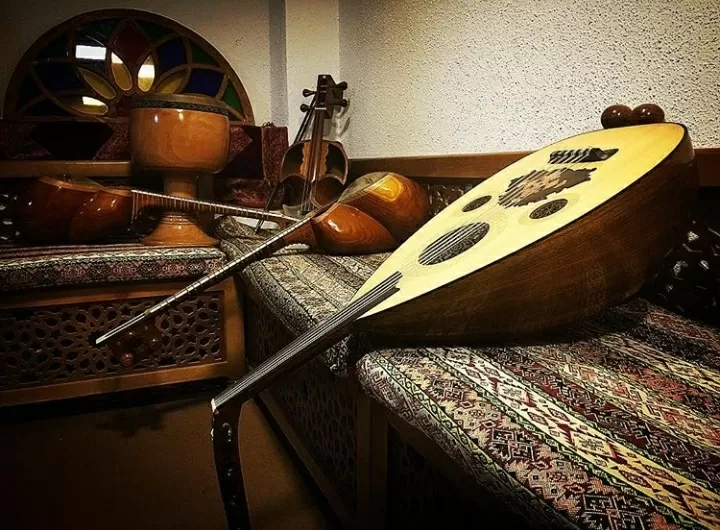
Why? Well let's just admit to it, it's quirky. Don't need to explain the kind of importance music plays in understanding the lives of people and given the royalty that existed, it would be nice to get a glimpse through musical instruments.
There lots and lots and lots of other places like Ali Gholi Agha hammam, Qazvini's House, Natural History Museum of Isfahan, Chehel Sotoun, etc etc and you must visit every single of one of them if you're in Isfahan.
Happy Travels~




